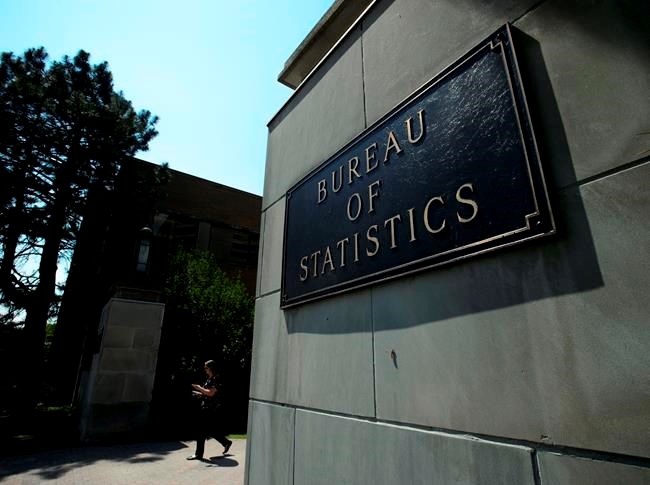OTTAWA ‚Äî The Canadian economy lost momentum after a roaring start to the year, reinforcing economists' expectations that the Bank of Canada is on track to cut interest rates in the coming months.¬Ý
Statistics Canada reported Tuesday that real gross domestic product rose 0.2 per cent in February. That followed a 0.5 per cent gain in January.¬Ý
"Today‚Äôs GDP report confirmed our expectations that the January surge in output was temporary, and in no way marked an inflection point for the growth backdrop in Canada that remains very weak," said R–°¿∂ ”∆µ economist Claire Fan in a client note.
Looking ahead, the federal agency says its advance estimate for March indicated that real GDP was essentially unchanged for the month.
Based on the preliminary figure, the Canadian economy grew at an annualized rate of 2.5 per cent in the first quarter of 2024.
Although the economy continues to expand, economists say the latest data reinforces the idea that the growth is sluggish as higher interest rates weigh on consumer and business spending decisions.¬Ý
That will likely land as good news for the Bank of Canada, which is looking for continued evidence that the economy and inflation are responding to tighter monetary policy.
Governor Tiff Macklem said earlier this month that the central bank is already seeing the right conditions to begin lowering its policy rate from five per cent. But he said he wants to see those conditions sustained to ensure inflation is in fact heading down to the bank's two per cent target.¬Ý
"The loss of momentum as the quarter progressed is the bigger takeaway from this report. That puts additional pressure on the BoC to begin cutting as soon as June," wrote BMO's Benjamin Reitzes, managing director of Canadian rates and macro strategist.
The sluggishness in the Canadian economy is also evident in the labour market, where job creation has lagged population growth. In March, the unemployment rate jumped to 6.1 per cent.¬Ý
Reitzes cautioned in his client note, however, that a June rate cut still depends on April inflation data, which is set to be released in a few weeks.¬Ý
Canada's inflation rate came in at 2.9 per cent in March, up slightly from the previous month.¬Ý
Statistics Canada's report on Tuesday shows12 of 20 sectors showed growth in February.¬Ý
Services-producing industries increased 0.2 per cent, helped by the transportation and warehousing sector which increased 1.4 per cent, as rail transportation grew 5.5 per cent with activity returning to normal after freezing temperatures in January in Western Canada.
Air transportation also increased 4.8 per cent in February, driven by growth in international travel as some airlines increased capacity to Asia.¬Ý
Statistics Canada said goods-producing industries were essentially unchanged.
The mining, quarrying, and oil and gas extraction sector grew 2.5 per cent in February as oil and gas extraction increased 3.3 per cent, partially offsetting a contraction in January. Mining and quarrying (except oil and gas) rose 1.9 per cent.
The utilities sector contracted 2.6 per cent, while the manufacturing sector fell 0.4 per cent.
This report by The Canadian Press was first published April 30, 2024.
Nojoud Al Mallees, The Canadian Press




